Most people today instantly recognise the style of a Tiffany lamp. These beautiful glass lightshades were introduced in the USA in the late 1800s by Louis Comfort Tiffany. Here is a brief history of this innovator in glass and design, featuring the development of his coloured art glass, stained glass windows and Tiffany lamps in the late 19th century.
Louis Comfort Tiffany (1848-1933) was the son of Charles Tiffany, who established the beginnings of his well-known jewellery empire with a small shop selling stationery and gifts in New York City in 1837. That business became Tiffany & Co in 1853 and continues to sell prestigious pieces to this day.
As a child, Louis had access to his father’s workshops and was immersed in creativity. He enjoyed walking round the premises and chatting with the craftsmen.
He studied art as a teenager and became an accomplished painter, exhibiting to acclaim in prestigious venues over many years. He maintained an active role in art societies throughout his life.
Tiffany influenced by ancient Roman and Syrian glass
Louis had been impressed with the Roman and Syrian glass he saw at the Victoria and Albert Museum on a trip to England in 1865. He also admired the colours of Medieval glass and believed that contemporary glass manufacture had lost its character and could be improved.
The ancient glass on display had a rustic feel and some of the vessels had an iridescent finish, caused by the manufacturing process, that he found particularly attractive. He commented that the “Rich tones are due in part to the use of pot metal full of impurities, and in part to the uneven thickness of the glass, but still more because the glass maker of that day abstained from the use of paint.” He would strive to recreate this depth of colour and artisan feel with the glass manufactured in his own glass factory in due course.
Tiffany’s interior design success
Alongside his painting, Louis turned his attention to glass and interior design in about 1875. His artistic talent and flair for design, along with his father’s money and connections, ensured Louis’ success as a designer. This led to many prestigious commissions for interiors from wealthy clients.
One of these was to decorate several rooms at the White House in 1882. As well as refurnishing, painting, replacing wallpapers and mantelpieces, Louis added Tiffany glass to the gas lights and an opalescent screen of glass in the entrance hall. Sadly, these were removed in 1902, when the fittings were returned to a Federal style under President Roosevelt.
After training at different glasshouses in Brooklyn in the late 1870s, Louis eventually set up his own glassmaking firm in 1885 to focus on art in glass. This was known as the Tiffany Glass Company, which became the Tiffany Studios in 1902. However, this firm still relied on buying in glass from other manufacturers.
Louis’ love of the Arts and Crafts and Art Nouveau styles made him keen to investigate ways of making new types of glass in colours and textures that would better depict the natural world and not block out the light with heavy painting, which was common with stained glass in Victorian times.
In 1881 he registered a patent for opalescent window glass, wherein different colours were mixed to create an unprecedented range of tones and effects. He and his competitor, John La Farge (who was making his own versions of opalescent glass at the same time and patented the underlying process first in 1879), believed their approach achieved more fidelity to the medium as it allowed form to be created by the glass itself and not through painting on flat and uniformly coloured glass.
Origins of copper foil technique
Louis acquired the patent of Sanford Bray (patent application granted in 1886) for the method known as copper foil technique, which he then used in the construction of his own stained glass windows. This method allowed individual pieces of coloured glass to be fitted together using thin strips of copper or copper foil that just overlapped the sides of the glass. This approach enabled finer detailing and contrasted with the heavier style of assembling windows with thick lead strips that had been used for centuries before.
Stourbridge Glass Company
In 1893 Louis was able to take steps that would enable him to design and make his own glass at last, rather than relying on other manufacturers. He built a new glass factory in the Corona, Queens, area of New York, called the Stourbridge Glass Company (renamed Tiffany Furnaces in 1902). Workshops and studios were added.
Arthur J Nash and Favrile glass
He installed the Englishman Arthur J Nash to run the Stourbridge Glass Company. Nash was a talented glass chemist who had worked at Edward Webb, White House Glass Works, based near Stourbridge in England.
Nash developed many formulas for new glass, including Louis’ now famous ‘Favrile’ art glass. Louis patented the term ‘Fabrile’ (an Old English word meaning ‘handmade’) for this iridescent glass, but later changed it to ‘Favrile’ and used it to describe all his glass, enamel and pottery wares.
Nash kept his glass formulas a closely guarded secret in his notebooks, passing down his knowledge to his son Leslie in 1909, after he took over the running of the blown glass department in 1908. You can see photos of content from these notebooks and find out more here on the Corning Museum of Glass website.
Louis believed it was vital for an artist to be involved in the whole process of design and manufacture. The Stourbridge factory mixed different colours of hot glass together to create the unique, opalescent glasses used for both windows and interiors pieces like the Tiffany lamps and blown glass vases.
As stained glass became increasingly popular for domestic settings, demand for windows made with the new glass and method boomed. Of course, the processes to create these art glasses were expensive and the company did not want to waste the offcuts. Therefore the smaller pieces were saved and used for smaller products sold by the company. The copper foil technique was particularly suited to creating glass mosaic and the iconic Tiffany lamps.
The first Tiffany lamp
The first Tiffany lamp made using copper foil technique was exhibited at the Chicago World’s Columbian Exposition in 1893. It was designed by Clara Driscoll, the head of the Women’s Glass Cutting Department at Tiffany Glass Company (later Tiffany Studios). She joined the firm in 1888 and was responsible for many of the naturalistic lamp designs, which went ahead with approval from Louis.
Other women involved in the design of Tiffany lamps included Alice Carmen Gouvy and Lillian Palmié. Louis believed that women had a superior sense of colour when selecting the glasses to be used in the lamps, particularly those with the floral designs. In 1892, there were six women in the Department, but this grew to between 40 and 50 by 1897. Overall, there were about 300 artisans working for Tiffany at its peak.
Images: Wikimedia Commons.
Commercial production of Tiffany lamps
The first copper foiled lamps were offered for sale to the public in 1898. They proved very popular as they softened the harsh brightness of electric light and their elegant designs made them works of art in their own right. Prices at the time ranged from $25-$750, depending on their size and complexity, so they were always a luxury purchase.
The Tiffany lamps were sold by Tiffany Studios in Manhattan, Tiffany & Co in New York, London and Paris, plus in exclusive department stores across the USA.
Highest price paid for a Tiffany lamp
However, as tastes changed, these lamps fell out of fashion and production was ceased by 1913. They witnessed a resurgence of popularity in the 1950s and are much prized again today. Genuine Tiffany lamps have sold for many thousands – in fact, the record price paid for a copper foiled Tiffany lamp was $3,745,000, for a rare ‘Pond Lily’ design sold at Christie’s New York in December 2018.
Louis retired from the Tiffany Studios in 1919 and established the Louis Comfort Tiffany Foundation to support and train young artists.
The Tiffany Studios went bankrupt and closed in 1932, but Louis planned to continue its activities via the Louis C Tiffany Studios Corporation, established in the same year. However, before his death in early 1933, Louis stated that his long-term employee and art director Joseph Briggs, should take over management of the company. This he did until the firm was wound up a few years later. The remaining assets were sold off at auction in 1936.
Louis’ determination to develop the production of art glass and use it in his stained glass windows, Tiffany lamps and blown glass artworks, has left a legacy of beauty for generations to come. Several museums and private homes (mostly in the USA) hold examples of his glass, which remain an inspiration to all.
Original Tiffany glass in the UK
In the UK, the Arts and Crafts style Haworth Art Gallery, in Accrington, Lancashire, holds the ‘largest collection in Europe’ of Tiffany glassware.
This is thanks to Joseph Briggs, who originally came from Accrington. Briggs was an engraver and moved to the USA, where he started work as an errand boy for Louis in 1893. He worked his way up the company and, as mentioned, was chosen to take over after Louis died. He collected and curated a collection of Tiffany glass that he sent to Accrington in 1932-33, which he wanted to be for the people of that town.
The collection moved to the Gallery after WW2 and is on permanent display there.
Main feature image: A selection of original Tiffany lamps on display at Virginia Museum of Fine Arts (via Wikimedia Commons).
Further suggested reading:
Book: ‘A New Light on Tiffany: Clara Driscoll and the Tiffany Girls’, by Martin Eidelberg and Nina Gray.
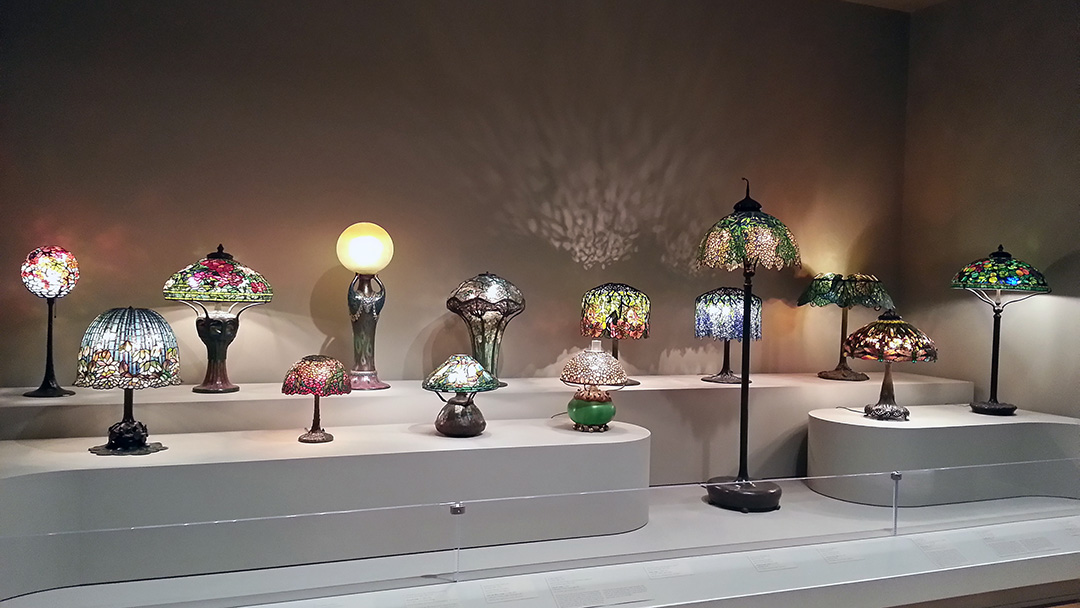
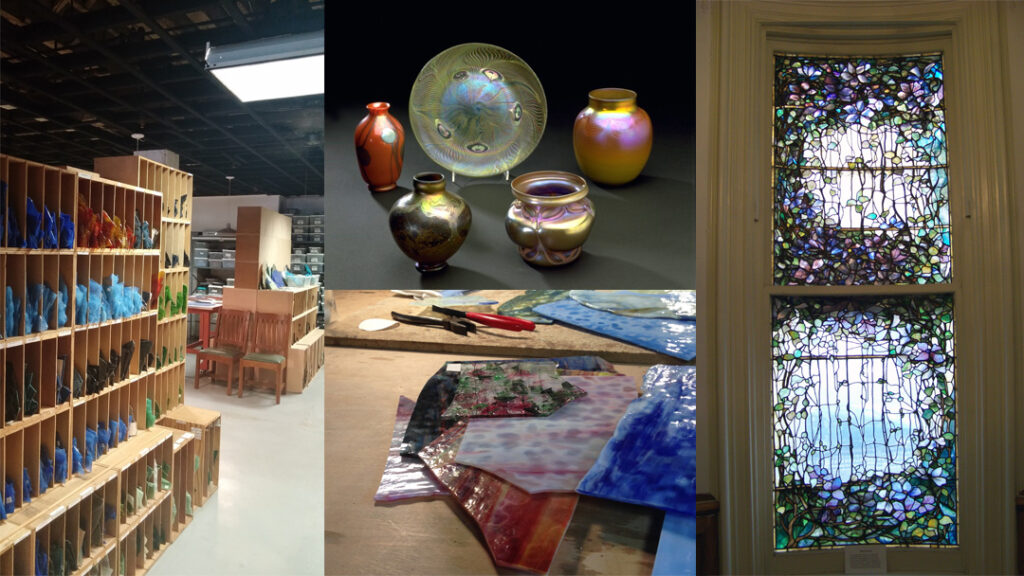
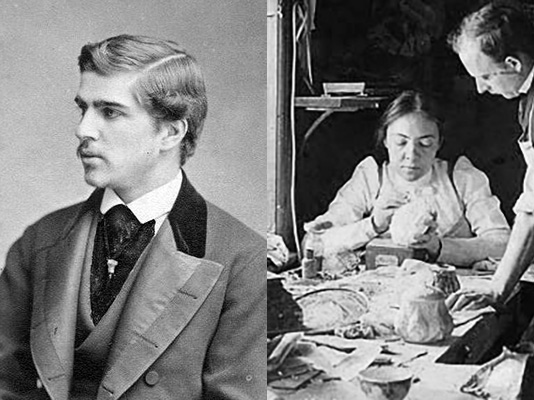
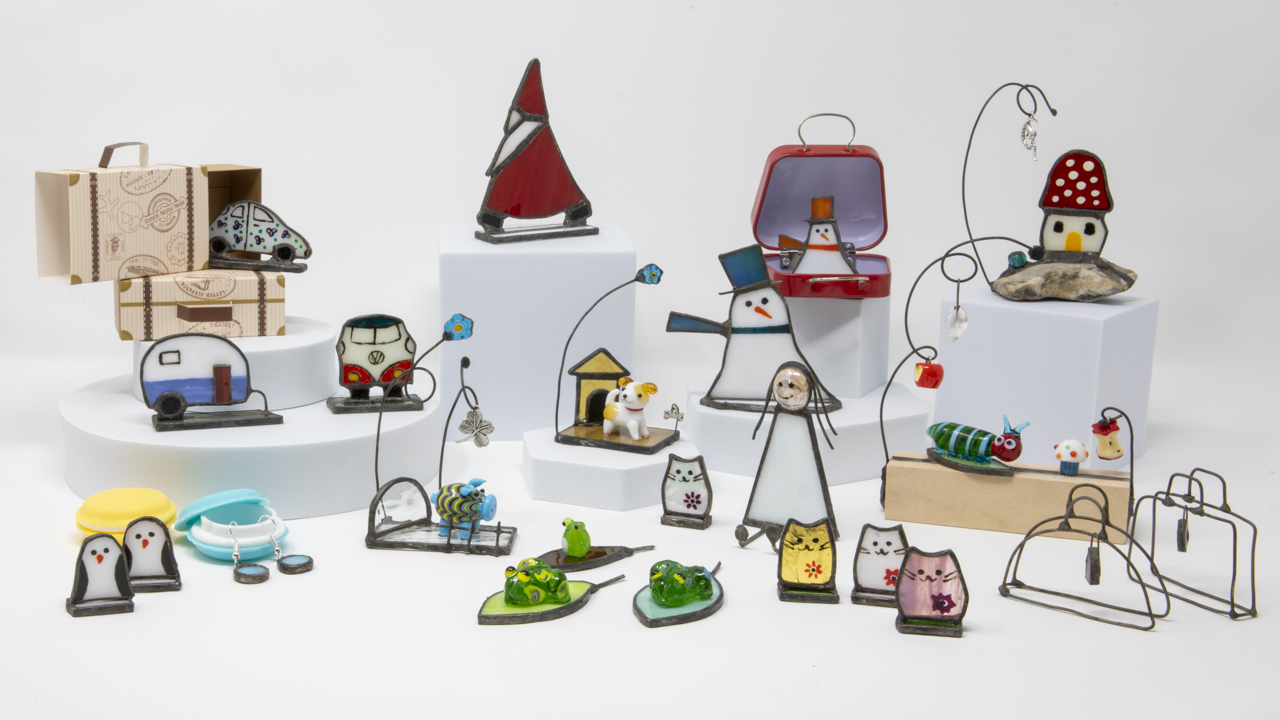
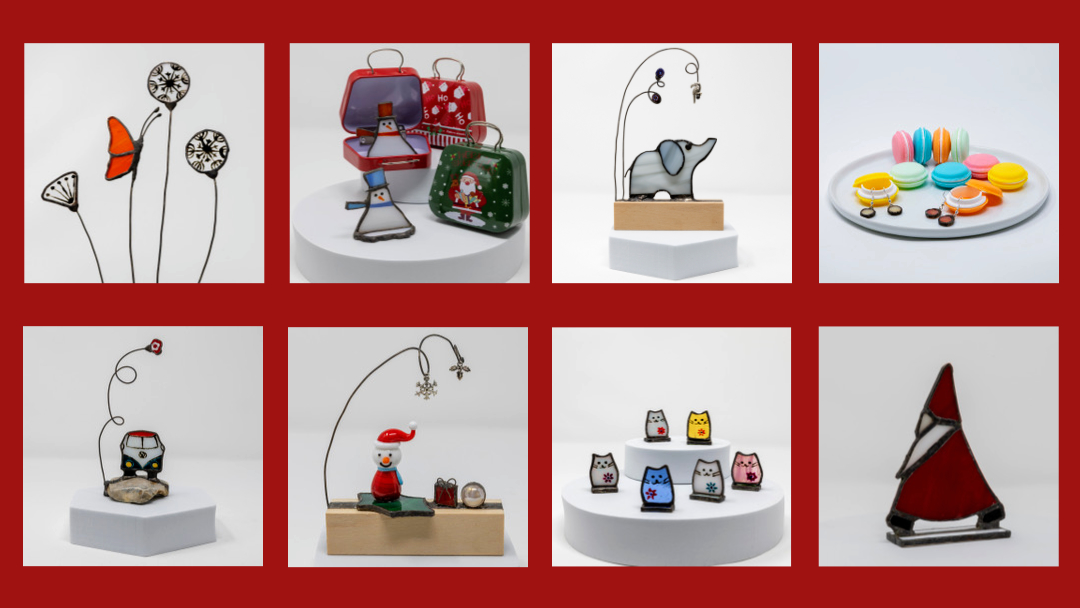
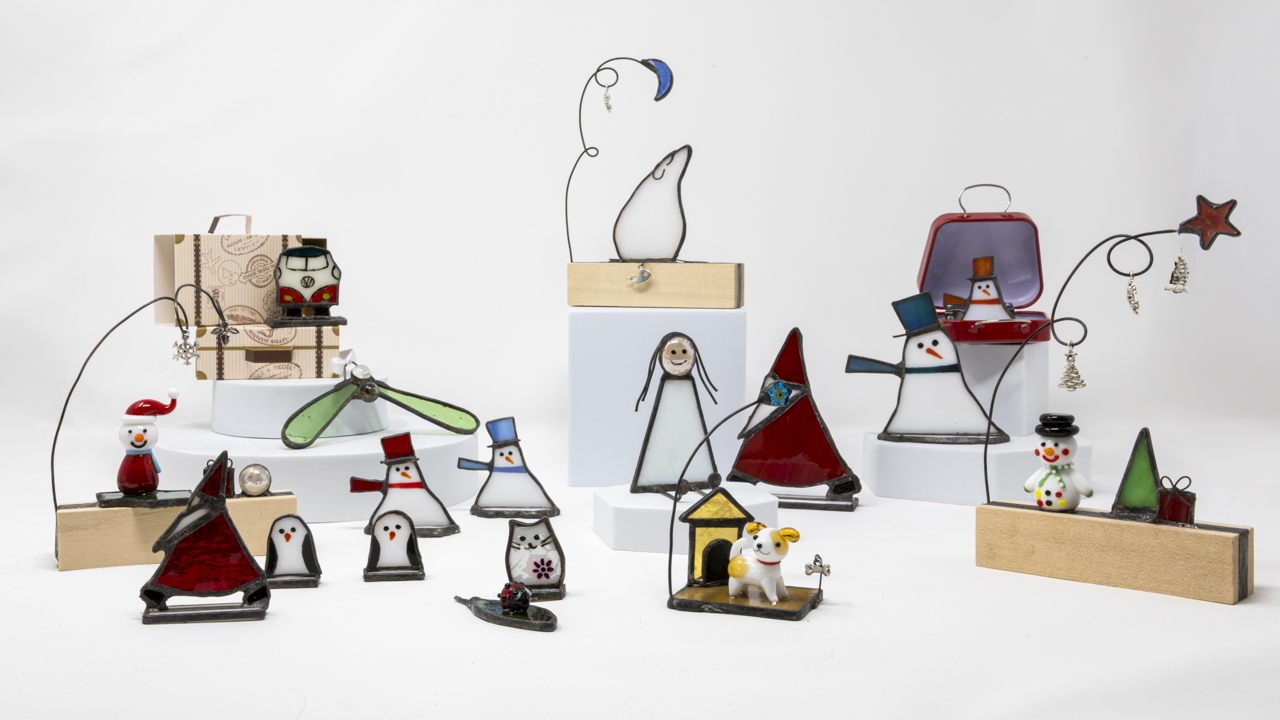
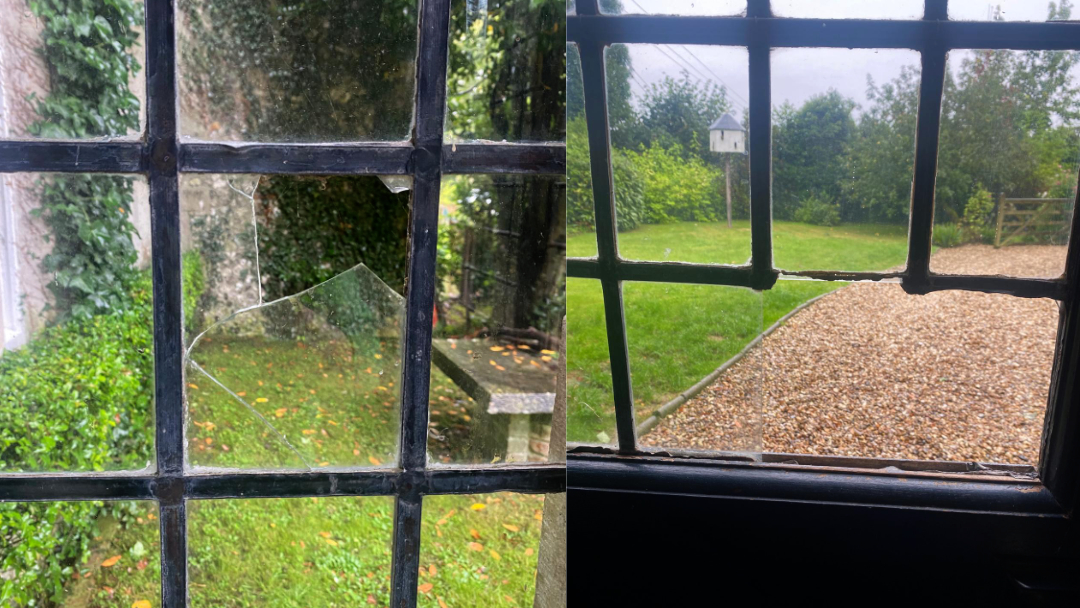
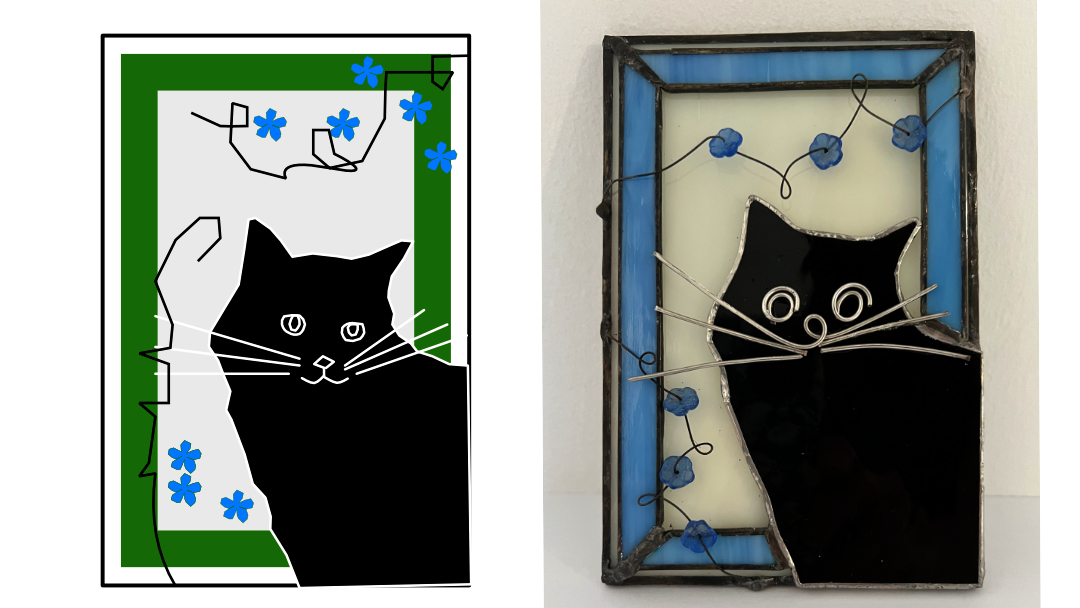
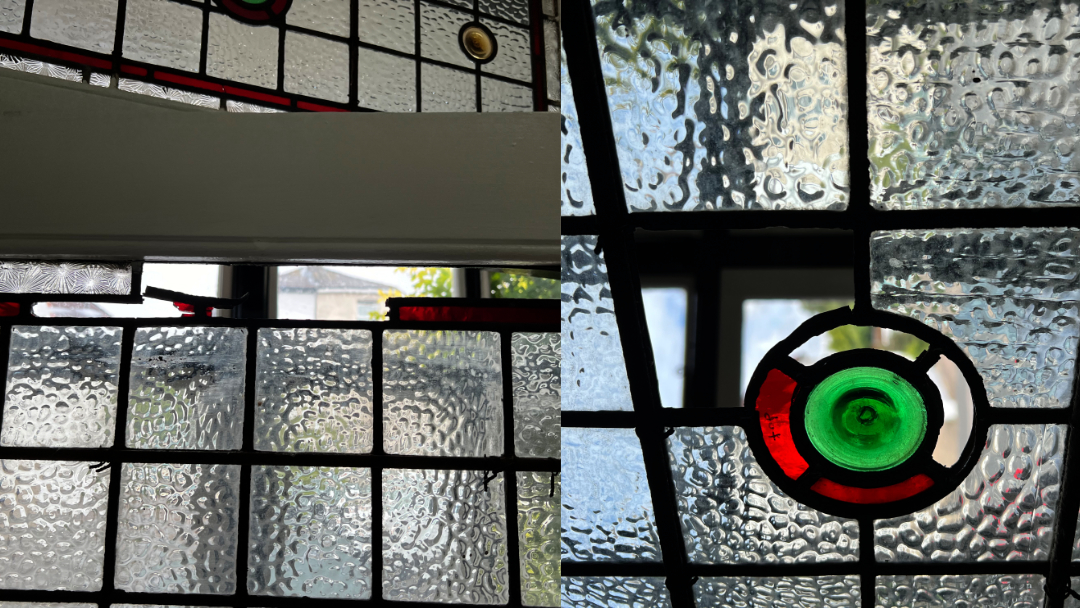
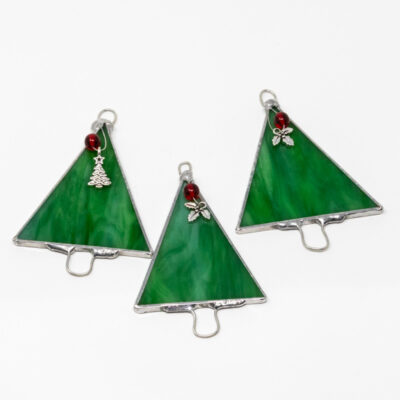
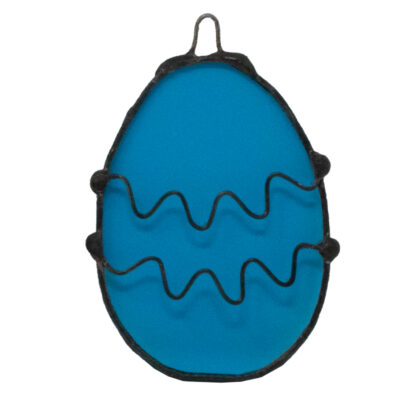
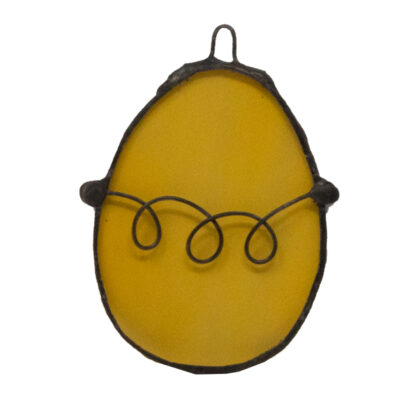

0 Comments